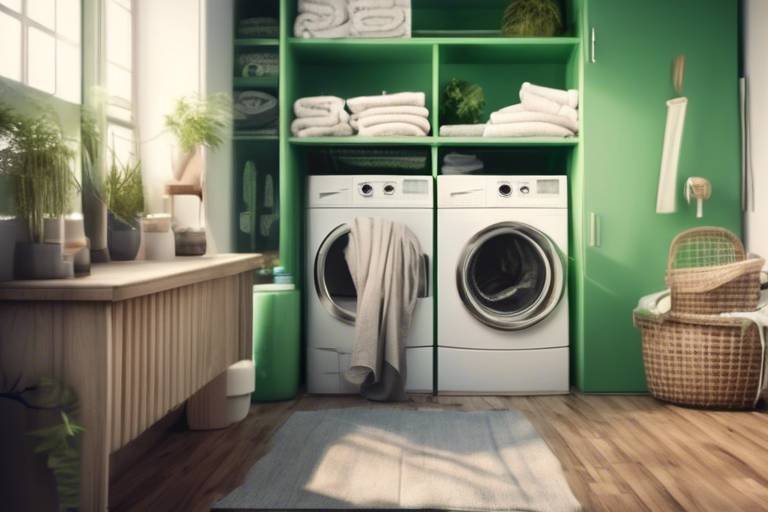What are Eco-friendly Fabrics and How to Use Them?
In a world where environmental concerns are at an all-time high, the quest for sustainable living has led us to explore eco-friendly fabrics. But what exactly are these materials, and why should you care? Eco-friendly fabrics are textiles made from sustainable resources, designed to minimize their impact on the environment. Think of them as the superheroes of the fabric world—fighting pollution, conserving water, and promoting healthier farming practices. As consumers become more conscious of their choices, understanding eco-friendly fabrics becomes crucial not just for personal style but also for the planet.
The importance of eco-friendly fabrics in the textile industry cannot be overstated. With the fashion industry being one of the largest polluters globally, the shift towards sustainable textiles is not just a trend; it's a necessity. By choosing eco-friendly fabrics, you’re not only making a fashion statement but also contributing to a larger movement aimed at reducing waste and preserving our planet for future generations. So, let’s dive deeper into the world of eco-friendly fabrics and discover how you can incorporate them into your wardrobe and home decor.
Eco-friendly fabrics are materials crafted from renewable resources, often with minimal processing and harmful chemicals. They are produced in ways that are less damaging to the environment compared to conventional fabrics. For example, while traditional cotton farming uses a plethora of pesticides, organic cotton is grown without synthetic chemicals, making it a healthier choice for both consumers and the ecosystem. These fabrics not only help reduce carbon footprints but also promote biodiversity, soil health, and water conservation.
When you choose eco-friendly fabrics, you’re opting for textiles that are not just good for you but also for the planet. Imagine wearing a shirt made from organic cotton; it feels soft against your skin and gives you peace of mind knowing that it was produced without harming the environment. The benefits extend beyond personal comfort, as these fabrics often support fair trade practices, ensuring that the people who create them are treated ethically and paid fairly.
Now that we understand what eco-friendly fabrics are, let’s explore some popular types that are making waves in the fashion and home decor industries. Each type brings its unique properties and benefits, making them versatile choices for various applications.
One of the most well-known eco-friendly fabrics is organic cotton. This fabric is cultivated without the use of synthetic pesticides or fertilizers, which means it’s not only better for the environment but also for your skin. The cultivation process involves crop rotation and natural pest control methods, promoting a healthier ecosystem. Organic cotton is incredibly soft, breathable, and durable, making it a popular choice for clothing and home textiles.
The benefits of organic cotton extend far beyond its softness. By using organic cotton, we support healthier farming practices that reduce pollution and conserve water. Additionally, organic cotton is often grown in ways that enhance soil health and promote biodiversity. Here are some key benefits:
- Reduced Chemical Exposure: Less exposure to harmful pesticides for farmers and consumers.
- Water Conservation: Organic farming uses significantly less water than conventional methods.
- Soil Health: Practices like crop rotation improve soil fertility.
Organic cotton is incredibly versatile. You can find it in a variety of products, including:
- Apparel: T-shirts, dresses, and activewear.
- Home Textiles: Bed linens, towels, and curtains.
- Accessories: Bags, hats, and more.
Another remarkable eco-friendly option is hemp fabric. Derived from the hemp plant, this fabric is known for its durability and sustainability. Hemp grows quickly, requires minimal water, and is naturally resistant to pests, making it an ideal crop for eco-conscious consumers. Its increasing popularity in eco-friendly fashion is a testament to its versatility and environmental benefits.
Choosing the right eco-friendly fabric can be overwhelming, but it doesn't have to be! Start by considering sustainability, durability, and production methods. It's essential to look for certifications that indicate a fabric's eco-friendly status, such as GOTS (Global Organic Textile Standard) or OEKO-TEX. These certifications ensure that the fabric meets strict environmental and social criteria.
When evaluating fabrics, sustainability is key. Look for materials that are biodegradable, recycled, or sourced from renewable resources. Understanding the production practices behind your fabrics can also make a significant difference. Ask yourself:
- Is the fabric made from renewable resources?
- Are the production methods environmentally friendly?
- Does the brand prioritize ethical labor practices?
Durability is essential for long-lasting textiles. When selecting eco-friendly fabrics, consider how they will withstand wear and tear. Fabrics like hemp and organic cotton are known for their strength and longevity. Additionally, proper care can extend their lifespan. Follow care instructions closely, and opt for natural detergents to keep your eco-friendly fabrics looking their best.
Q: What are the main benefits of using eco-friendly fabrics?
A: Eco-friendly fabrics are better for the environment, reduce chemical exposure, and support sustainable farming practices.
Q: Are eco-friendly fabrics more expensive?
A: While they can be pricier, the long-term benefits and durability often make them a worthwhile investment.
Q: How do I know if a fabric is eco-friendly?
A: Look for certifications like GOTS or OEKO-TEX, and research the brand's production practices.
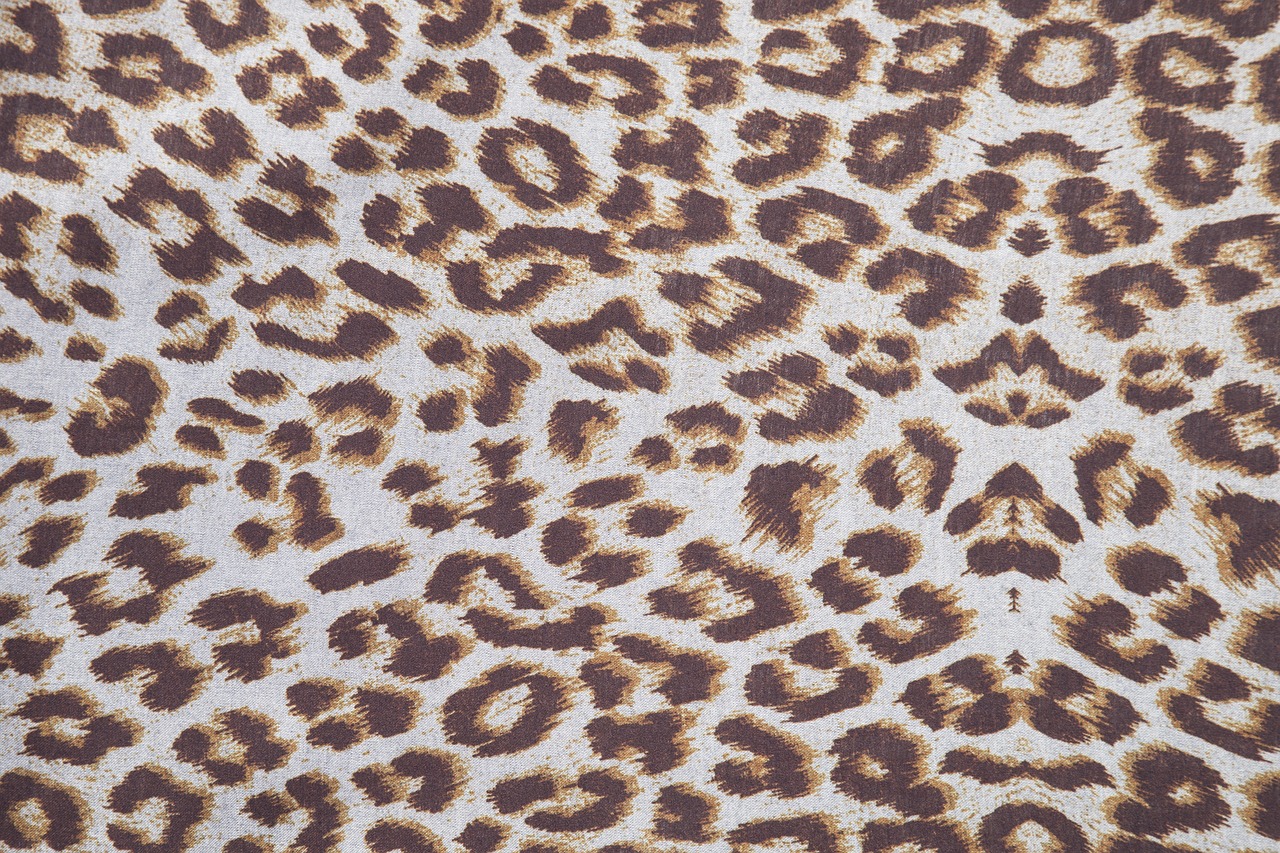
Understanding Eco-friendly Fabrics
This article explores the concept of eco-friendly fabrics, their benefits, types, and practical applications in fashion and home decor, promoting sustainability and environmental consciousness.
Eco-friendly fabrics are more than just a trend; they represent a revolutionary shift in the textile industry aimed at reducing our ecological footprint. These materials are crafted from sustainable resources that are designed to minimize environmental impact throughout their lifecycle. Think of them as the superheroes of the fabric world—fighting against pollution, waste, and the depletion of natural resources while still delivering style and comfort. But what exactly makes a fabric eco-friendly? It’s all about how the materials are sourced, processed, and ultimately disposed of.
At the heart of eco-friendly fabrics is the idea of sustainability. This means using resources that can be replenished naturally, such as organic plants, rather than relying on synthetic materials that can take centuries to decompose. For instance, traditional cotton farming often involves the use of harmful pesticides and fertilizers, which can leach into the soil and water systems. In contrast, eco-friendly fabrics prioritize methods that are gentle on the earth. This includes using organic farming practices, which not only yield cleaner crops but also promote healthier ecosystems.
Moreover, eco-friendly fabrics are often produced using ethical practices. This means that the workers involved in the production process are treated fairly, receiving adequate wages and working conditions. It’s not just about the fabric itself; it’s about the entire story behind it. When you choose eco-friendly fabrics, you’re supporting a movement that values both the planet and its people. So, how do we identify these fabrics in a market flooded with options?
To help you navigate the world of eco-friendly textiles, here are some key characteristics to look for:
- Natural Fibers: Fabrics made from organic cotton, linen, hemp, and bamboo are typically more sustainable.
- Certifications: Look for labels like GOTS (Global Organic Textile Standard) or OEKO-TEX, which indicate environmentally friendly practices.
- Biodegradability: Choose fabrics that will break down naturally instead of lingering in landfills for decades.
Understanding eco-friendly fabrics is not just about making a choice; it’s about joining a larger movement toward sustainability. By opting for these materials, you’re not only enhancing your wardrobe or home decor but also contributing to a healthier planet. Each time you choose an eco-friendly fabric, you’re casting a vote for a cleaner, greener future. So, are you ready to dive into the world of sustainable textiles?
There are various eco-friendly fabrics, each with unique properties. This section examines popular types like organic cotton, hemp, and Tencel, highlighting their benefits and uses.
Organic cotton is grown without synthetic pesticides or fertilizers. This subheading discusses its cultivation process, environmental advantages, and applications in clothing and textiles.
The use of organic cotton promotes healthier farming practices and reduces pollution. Here, we explore its benefits for both the environment and consumer health.
Organic cotton is versatile and can be used in various products. This section covers its applications in apparel, home textiles, and more.
Hemp fabric is a durable and sustainable option derived from the hemp plant. This subheading discusses its growth, benefits, and increasing popularity in eco-friendly fashion.
Selecting eco-friendly fabrics involves considering sustainability, durability, and production methods. This section provides tips on how to make informed choices when shopping for textiles.
When evaluating fabrics, sustainability is key. This subheading outlines important factors to consider, such as certifications and production practices.
Durability is essential for long-lasting textiles. Here, we discuss how to choose durable eco-friendly fabrics and the care practices that extend their lifespan.
What are eco-friendly fabrics?
Eco-friendly fabrics are textiles made from sustainable resources that minimize environmental impact.
How can I identify eco-friendly fabrics?
Look for natural fibers, certifications like GOTS or OEKO-TEX, and check for biodegradability.
Are eco-friendly fabrics more expensive?
While they may have a higher upfront cost, eco-friendly fabrics often save money in the long run due to their durability and reduced environmental impact.
Can I find eco-friendly fabrics in mainstream stores?
Yes! Many brands are now offering eco-friendly options, making it easier to shop sustainably.

Types of Eco-friendly Fabrics
When it comes to eco-friendly fabrics, the variety is as rich and diverse as the colors in a sunset. These fabrics not only contribute to a healthier planet but also offer unique textures and styles that elevate any wardrobe or home decor. In this section, we’ll dive into some of the most popular eco-friendly fabrics, exploring their distinct characteristics, benefits, and practical applications. From organic cotton to hemp and Tencel, each fabric has its own story to tell, and understanding these stories can empower us to make more sustainable choices.
First up, let’s talk about organic cotton. This fabric is a champion of sustainability because it’s grown without the use of synthetic pesticides or fertilizers. Imagine a field of cotton plants swaying gently in the breeze, nurtured by natural methods that respect the soil and the ecosystem. Organic cotton not only reduces the risk of chemical exposure for farmers and consumers but also promotes biodiversity. It’s soft, breathable, and perfect for everything from t-shirts to sheets. The cultivation process of organic cotton is designed to maintain the health of the environment, making it a go-to choice for those who prioritize eco-conscious living.
Next on our list is hemp fabric. Often hailed as one of the most sustainable materials available, hemp is derived from the fast-growing hemp plant. This fabric is not only durable but also requires significantly less water and no pesticides to grow, making it a true eco-warrior in the textile world. Hemp fabric has a unique texture that softens with each wash, providing comfort and style. It’s increasingly popular in eco-friendly fashion, with designers embracing its versatility for everything from bags to clothing. Plus, it’s biodegradable, meaning that when its life cycle comes to an end, it won’t linger in landfills for centuries.
Another noteworthy contender is Tencel, a brand name for a fiber known as lyocell. Made from sustainably sourced wood pulp, Tencel is produced through a closed-loop process that recycles water and solvents, minimizing waste. This fabric is incredibly soft, breathable, and has moisture-wicking properties, making it an excellent choice for activewear and everyday clothing. Moreover, Tencel is biodegradable, which means it returns to nature at the end of its life cycle. With its luxurious feel and eco-friendly credentials, Tencel is quickly becoming a favorite among environmentally conscious consumers.
In addition to these popular fabrics, there are several other eco-friendly materials worth mentioning. Fabrics made from recycled materials, such as recycled polyester, help reduce waste and minimize the need for virgin resources. Additionally, fabrics like linen, derived from the flax plant, require fewer resources to produce and have a low environmental impact. Each of these fabrics presents an opportunity to embrace sustainability while enjoying high-quality textiles.
In summary, the world of eco-friendly fabrics is vast and varied. By choosing materials like organic cotton, hemp, and Tencel, we not only support sustainable practices but also indulge in textiles that are both beautiful and functional. As consumers, we have the power to make choices that benefit our planet, and understanding the types of eco-friendly fabrics available is a significant step in that direction.
- What are eco-friendly fabrics? Eco-friendly fabrics are textiles made from sustainable resources that aim to minimize environmental impact.
- Why should I choose eco-friendly fabrics? Choosing eco-friendly fabrics supports sustainable practices, reduces pollution, and promotes healthier living.
- Are eco-friendly fabrics more expensive? While some eco-friendly fabrics may have a higher upfront cost, their durability and sustainability often make them more cost-effective in the long run.
- Can I find eco-friendly fabrics in mainstream stores? Yes, many retailers are now offering eco-friendly options, making it easier to incorporate sustainable fabrics into your wardrobe.

Organic Cotton
Organic cotton is not just a buzzword; it's a revolution in the textile industry. Unlike conventional cotton, which is often drenched in toxic pesticides and fertilizers, organic cotton is grown using methods that are as gentle on the earth as they are on our skin. Imagine a field of cotton plants swaying in the breeze, nurtured by nature rather than chemicals. This sustainable approach not only protects the soil and water but also promotes biodiversity. When you wear organic cotton, you're not just putting on a shirt; you're making a statement about your commitment to the planet.
The cultivation process for organic cotton is fascinating and intricate. Farmers use crop rotation, natural pest control, and organic fertilizers to grow their crops. This not only enhances the health of the soil but also reduces the carbon footprint associated with cotton production. It's a win-win situation! Plus, organic cotton is often softer and more breathable than its conventional counterpart, making it a favorite choice for those who prioritize comfort.
So, what exactly are the benefits of choosing organic cotton? Well, let’s break it down:
- Healthier for Farmers: Without harmful chemicals, farmers can work in safer conditions, leading to healthier communities.
- Less Water Usage: Organic cotton farming typically uses less water compared to traditional methods, which is crucial in water-scarce regions.
- Better for the Environment: The absence of synthetic chemicals means less pollution in our waterways and soil.
- Softness and Comfort: Organic cotton is often softer and more hypoallergenic, making it suitable for sensitive skin.
When it comes to applications, organic cotton is incredibly versatile. You can find it in a wide range of products, from stylish clothing to cozy home textiles. Whether you’re wrapping yourself in an organic cotton t-shirt or snuggling up in organic cotton sheets, you’re choosing comfort and sustainability. Furthermore, brands are increasingly recognizing the demand for eco-friendly products, leading to a surge in organic cotton offerings. This means more choices for consumers who want to make responsible fashion decisions.
In summary, organic cotton isn't just a fabric; it's a lifestyle choice that aligns with a more sustainable and ethical way of living. By opting for organic cotton, you’re not only investing in high-quality textiles but also contributing to a healthier planet. So the next time you shop for clothes or home goods, remember the impact of your choices. Choose organic cotton and wear your values proudly!
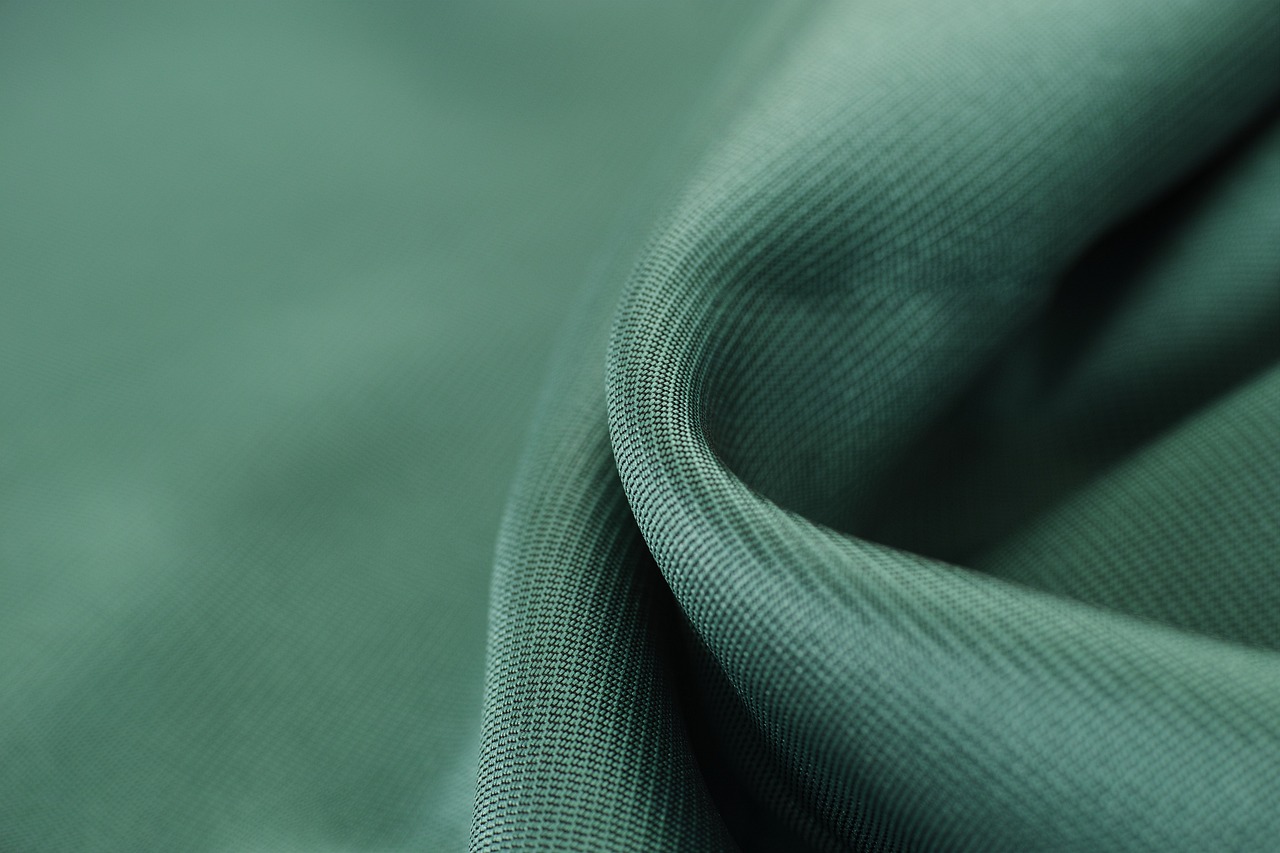
Benefits of Organic Cotton
When it comes to choosing fabrics, organic cotton stands out as a champion of sustainability and health. One of the most significant benefits is its cultivation process, which avoids the use of synthetic pesticides and fertilizers. This not only leads to a healthier environment but also supports the biodiversity of the ecosystem. Imagine a field filled with vibrant plants and insects thriving in harmony—this is the essence of organic farming.
Another remarkable advantage of organic cotton is its impact on human health. Conventional cotton farming often involves harmful chemicals that can cause skin irritations and other health issues for consumers. In contrast, organic cotton is gentle on the skin, making it an ideal choice for those with sensitivities or allergies. It's like wearing a soft, breathable cloud that cares for your skin!
Moreover, organic cotton farming promotes soil health and reduces water consumption. The methods used in organic farming enhance soil fertility and structure, ensuring that the earth remains productive for future generations. Additionally, organic cotton requires less water than its conventional counterpart, which is a crucial factor in areas facing water scarcity. This sustainable approach not only conserves vital resources but also contributes to combating climate change.
When we talk about the benefits of organic cotton, we cannot overlook its role in supporting local economies. Many organic cotton farms are small and family-owned, meaning your purchase can directly impact the livelihoods of farmers and their communities. It's a win-win situation—by choosing organic cotton, you are not only making a responsible choice for the planet but also empowering those who grow it.
In terms of versatility, organic cotton is incredibly adaptable. It can be used in a wide range of products, from clothing to home textiles. Whether you're looking for a cozy organic cotton t-shirt or soft bed linens, this fabric offers comfort without compromising on style. The array of options available makes it easy to incorporate organic cotton into your daily life.
To sum it up, the benefits of organic cotton are multifaceted and impactful. By choosing this eco-friendly fabric, you are making a conscious decision that supports a healthier planet, promotes better health for consumers, and fosters sustainable farming practices. In a world where every choice counts, opting for organic cotton is a step towards a more sustainable future.
- What makes organic cotton different from conventional cotton? Organic cotton is grown without synthetic pesticides and fertilizers, promoting a healthier environment and better health for consumers.
- Is organic cotton more expensive than regular cotton? While organic cotton may have a higher upfront cost, it often offers greater durability and sustainability, making it a worthy investment.
- Can organic cotton be used for all types of clothing? Yes! Organic cotton is versatile and can be used for various apparel, including t-shirts, jeans, and even undergarments.
- How can I tell if a product is made from organic cotton? Look for certifications such as GOTS (Global Organic Textile Standard) or OEKO-TEX, which indicate that the product meets organic standards.
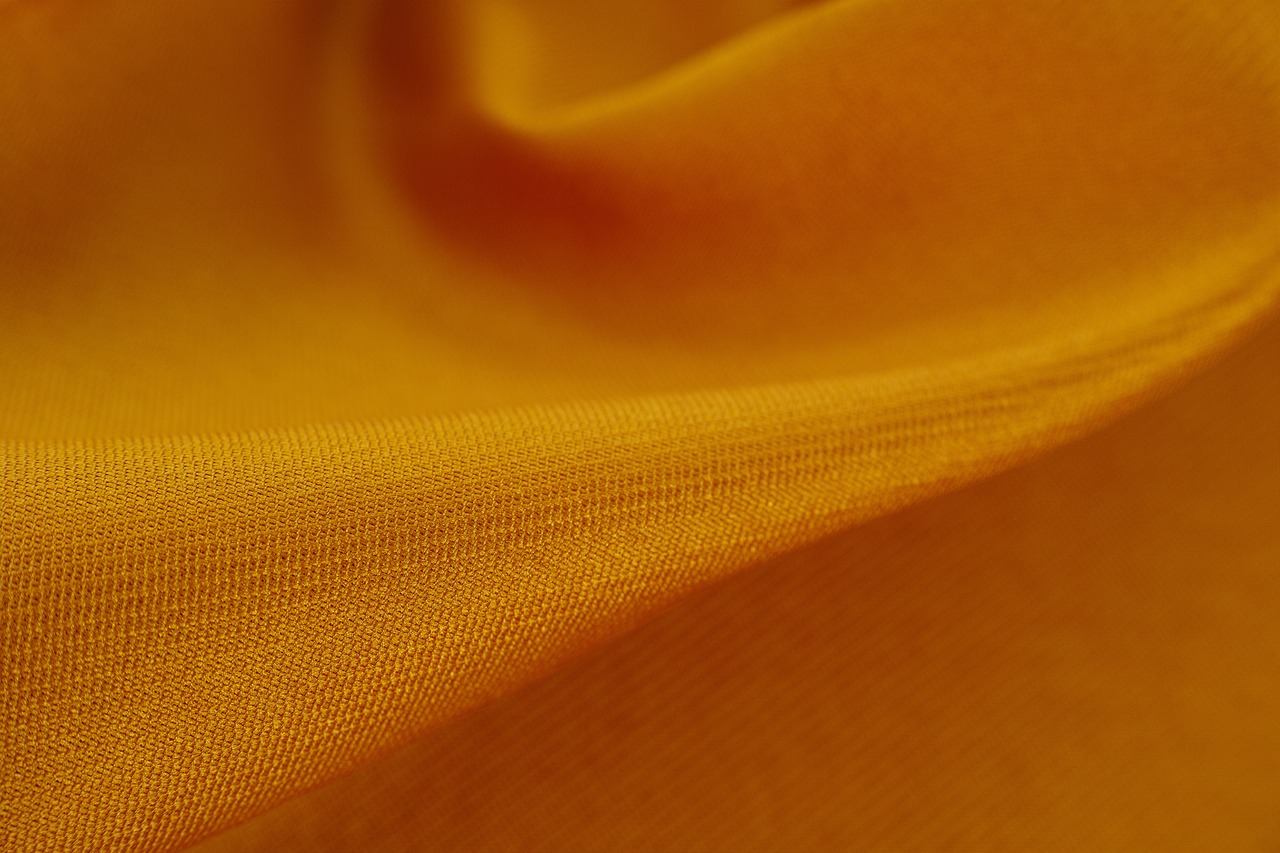
Uses of Organic Cotton
Organic cotton is not just a buzzword; it's a versatile fabric that has found its way into various aspects of our daily lives. From clothing to home textiles, organic cotton is making waves in the fashion industry and beyond. One of the most significant advantages of organic cotton is its ability to breathe, making it a fantastic choice for apparel. Imagine wearing a t-shirt that feels soft against your skin while knowing it’s grown without harmful chemicals. Isn’t that a win-win?
In the realm of fashion, organic cotton is used in a myriad of products, including:
- T-shirts: Perfect for casual wear, organic cotton t-shirts are soft, durable, and eco-friendly.
- Jeans: Sustainable denim made from organic cotton is gaining popularity, offering both style and comfort.
- Underwear: Breathable and gentle on the skin, organic cotton underwear is a healthier choice.
But the benefits of organic cotton extend beyond just clothing. In home decor, organic cotton is used for:
- Bedding: Sheets and pillowcases made from organic cotton are not only soft but also free from harmful chemicals, promoting a healthier sleeping environment.
- Curtains: They add a touch of elegance to any room while being environmentally friendly.
- Upholstery: Organic cotton can be used in furniture upholstery, providing a sustainable option for interior design.
Moreover, organic cotton is increasingly being utilized in baby products. Items such as diapers, onesies, and blankets made from organic cotton ensure that your little one is wrapped in the softest, safest fabric available. This is crucial as babies have sensitive skin and are more susceptible to irritants.
As consumers become more environmentally conscious, the demand for organic cotton continues to rise. Brands are now prioritizing sustainability, leading to a greater variety of organic cotton products available in the market. So, whether you’re looking for a new wardrobe staple or refreshing your home decor, choosing organic cotton is a step towards a more sustainable lifestyle.
1. What is organic cotton?
Organic cotton is cotton that is grown without the use of synthetic pesticides, fertilizers, or genetically modified organisms (GMOs). It is cultivated using methods that have a low impact on the environment.
2. How is organic cotton different from conventional cotton?
The primary difference lies in the farming practices. Conventional cotton farming often relies on chemical inputs that can harm the environment, while organic cotton is grown using sustainable practices that promote soil health and biodiversity.
3. Is organic cotton more expensive than regular cotton?
Yes, organic cotton can be more expensive due to the labor-intensive farming practices and lower yield, but many consumers find the environmental benefits and personal health advantages worth the investment.
4. Can I find organic cotton products in stores?
Absolutely! Many retailers now offer a range of organic cotton products, from clothing to home textiles. Look for certifications like the Global Organic Textile Standard (GOTS) to ensure you're purchasing genuine organic cotton.
5. How do I care for organic cotton products?
Caring for organic cotton is similar to caring for conventional cotton. It’s best to wash in cold water and hang dry to preserve the fabric's quality and reduce energy consumption.
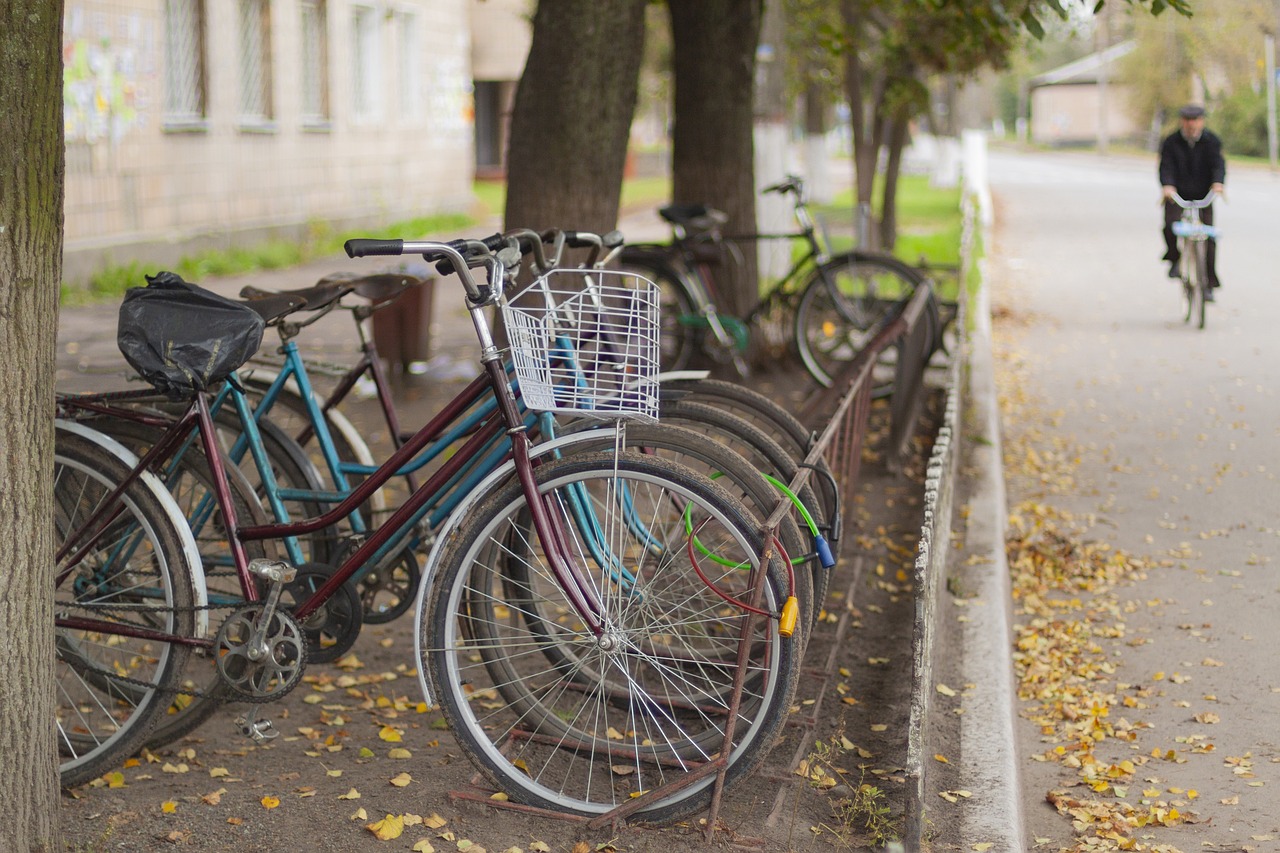
Hemp Fabric
Hemp fabric is gaining traction as a durable and sustainable option in the world of textiles. Derived from the hemp plant, this remarkable material has been used for thousands of years, yet it remains a relatively underappreciated gem in modern fashion and home decor. What makes hemp fabric so special? Well, for starters, it’s one of the most eco-friendly fabrics available today. Unlike conventional cotton, which can be resource-intensive, hemp requires significantly less water and no synthetic pesticides to thrive. This means you can enjoy your hemp clothing or decor piece knowing that it’s made with minimal harm to the environment.
When we talk about the benefits of hemp fabric, it’s hard not to get excited. Hemp is not just sustainable; it’s also incredibly versatile. This fabric can be woven into a variety of textures and weights, making it suitable for everything from lightweight shirts to sturdy bags. Its durability is another standout feature—hemp fibers are known to be stronger than cotton fibers, which means hemp products can withstand the test of time. Imagine wearing a shirt that not only feels good but also lasts longer than your average piece of clothing. Isn’t that a win-win?
Moreover, hemp fabric possesses natural anti-bacterial properties, making it an excellent choice for those with sensitive skin or allergies. You might be wondering how a fabric can be both stylish and practical at the same time. Well, hemp fabric comes in various styles and colors, allowing you to express your individuality while staying true to your commitment to sustainability. Whether you’re looking for a chic hemp dress or a cozy hemp blanket, there are options available that cater to all tastes.
As the demand for eco-friendly options continues to grow, hemp fabric is becoming increasingly popular among designers and consumers alike. It’s not just a trend; it’s a movement towards more conscious living. By choosing hemp products, you’re not only investing in quality but also supporting sustainable farming practices. So, next time you’re out shopping, consider opting for hemp. You’ll be making a choice that’s good for you and the planet!
In summary, hemp fabric is a remarkable option that combines durability, versatility, and sustainability. With its rich history and modern applications, it’s a fabric that deserves more recognition in the textile industry. So, why not explore the world of hemp? You might just find your new favorite fabric!

How to Choose Eco-friendly Fabrics
Choosing eco-friendly fabrics is like embarking on a treasure hunt; you need to know what to look for to find the gems that align with sustainability and style. First and foremost, it’s essential to consider the sustainability of the fabric. This involves looking into the materials used, how they are sourced, and the impact their production has on the environment. For instance, fabrics made from organic materials often have a lower carbon footprint compared to those grown with synthetic fertilizers and pesticides. But how do you know if a fabric is truly eco-friendly? Certifications play a crucial role here. Look for labels such as GOTS (Global Organic Textile Standard) or OEKO-TEX, which indicate that the fabric meets strict environmental and social criteria.
Next up is durability. You don’t want to invest in a fabric that will fall apart after a few washes, right? Durability is essential for ensuring that the textiles you choose not only last longer but also contribute to less waste in the long run. Fabrics like hemp and organic cotton are known for their strength and longevity. When selecting a fabric, consider how it will hold up against wear and tear. Ask yourself questions like, “Will this fabric withstand daily use?” or “How often will I need to replace this item?”
Another important aspect is the care and maintenance of eco-friendly fabrics. Some sustainable materials require special washing methods or temperatures to maintain their integrity. For instance, while organic cotton is generally easy to care for, certain blends may need cooler washing temperatures or air drying to prevent shrinkage. Understanding the care instructions can help you extend the life of your textiles, ensuring that they remain vibrant and functional for years to come.
When shopping for eco-friendly fabrics, it’s also helpful to consider the production methods. Sustainable practices in manufacturing can significantly reduce environmental impact. Look for brands that prioritize transparency in their supply chain and have ethical labor practices. This not only supports a healthier planet but also promotes fairness in the industry. Here’s a quick table to summarize some key aspects to consider:
| Factor | What to Look For |
|---|---|
| Sustainability | Organic materials, low carbon footprint, certifications (GOTS, OEKO-TEX) |
| Durability | Strength of fabric, resistance to wear and tear |
| Care | Washing instructions, maintenance requirements |
| Production Methods | Transparency, ethical labor practices |
Ultimately, choosing eco-friendly fabrics is about making informed decisions that reflect your values. It’s not just about what looks good; it’s about creating a wardrobe and home that are kind to the planet. So, the next time you’re out shopping or browsing online, remember to ask questions, do your research, and choose fabrics that contribute to a sustainable future.
1. What makes a fabric eco-friendly?
An eco-friendly fabric is made from sustainable resources and produced in a way that minimizes environmental impact, often using organic materials and ethical production methods.
2. How can I tell if a fabric is sustainable?
Look for certifications such as GOTS or OEKO-TEX, which indicate that the fabric meets specific environmental and social standards.
3. Are eco-friendly fabrics more expensive?
While some eco-friendly fabrics may have a higher upfront cost, they often last longer and are better for the environment, making them a worthwhile investment.
4. Can I wash eco-friendly fabrics like regular fabrics?
It depends on the specific fabric. Always check the care label for washing instructions to ensure you maintain the fabric's integrity.
5. Where can I find eco-friendly fabrics?
Many brands now offer eco-friendly options. Look for stores that specialize in sustainable fashion or check online retailers that focus on eco-conscious products.
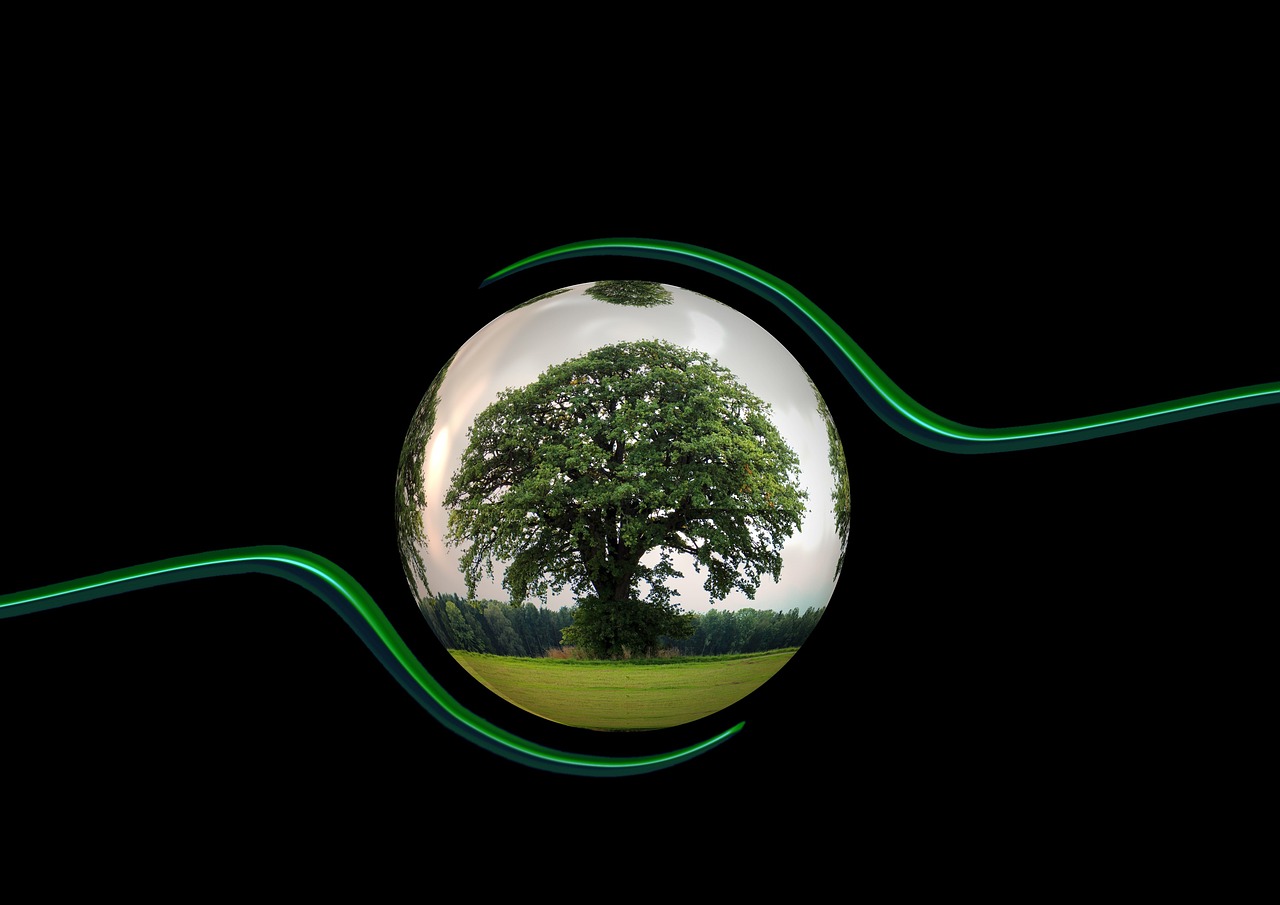
Assessing Sustainability
When it comes to choosing eco-friendly fabrics, assessing sustainability is absolutely crucial. It’s not just about picking something that feels good; it’s about understanding the **entire lifecycle** of the fabric, from its raw materials to its production methods. So, how do we determine if a fabric is genuinely sustainable? Here are some key factors to keep in mind:
- Material Source: Look for fabrics made from renewable resources. Materials like organic cotton or Tencel, derived from sustainably sourced wood pulp, are fantastic options.
- Production Practices: Investigate how the fabric is produced. Sustainable practices often include reduced water usage, no harmful chemicals, and fair labor conditions.
- Certifications: Certifications can be a **great indicator** of a fabric’s sustainability. Look for labels like GOTS (Global Organic Textile Standard) or OEKO-TEX, which ensure that the fabric meets strict environmental and safety standards.
But wait, there’s more! It’s also essential to consider the **end-of-life** options for the fabric. Can it be recycled or composted? Fabrics that can return to the earth or be reused help close the loop in the textile lifecycle, reducing landfill waste. Think of it as a **circle of life** for your clothing!
Another important aspect is the **transportation** of the materials. Fabrics that are produced and sourced locally tend to have a smaller carbon footprint than those shipped from far away. So, when you're shopping, consider supporting local artisans or brands that prioritize local sourcing. It's a win-win situation: you support your community while also making a more sustainable choice.
Lastly, let’s not forget about the **durability** of the fabric. A sustainable fabric should not only be eco-friendly but also built to last. Fabrics that wear out quickly contribute to a cycle of waste. By investing in durable materials, you’re not just making a purchase; you’re making a statement about the kind of world you want to live in.
In summary, assessing sustainability in fabrics involves a careful evaluation of various factors—material sources, production practices, certifications, end-of-life options, transportation, and durability. Each of these elements plays a significant role in determining the overall impact of your fabric choices. So, the next time you’re shopping for textiles, remember to ask yourself: “How does this fabric contribute to a more sustainable future?” Your choices can make a difference!
Q: What are eco-friendly fabrics?
A: Eco-friendly fabrics are materials made from sustainable resources and designed to minimize environmental impact. They are often produced using methods that are less harmful to the environment.
Q: How can I identify sustainable fabrics?
A: You can identify sustainable fabrics by looking for certifications like GOTS or OEKO-TEX, checking the material source, and understanding the production practices involved.
Q: Are eco-friendly fabrics more expensive?
A: While some eco-friendly fabrics may have a higher upfront cost, they often offer better durability and longevity, making them a more economical choice in the long run.
Q: Can I find eco-friendly fabrics in regular stores?
A: Yes, many mainstream brands are now offering eco-friendly lines. Look for sections dedicated to sustainable fashion in your favorite stores.
Q: How do I care for eco-friendly fabrics?
A: Caring for eco-friendly fabrics typically involves washing in cold water, avoiding harsh chemicals, and air drying when possible to extend their lifespan.
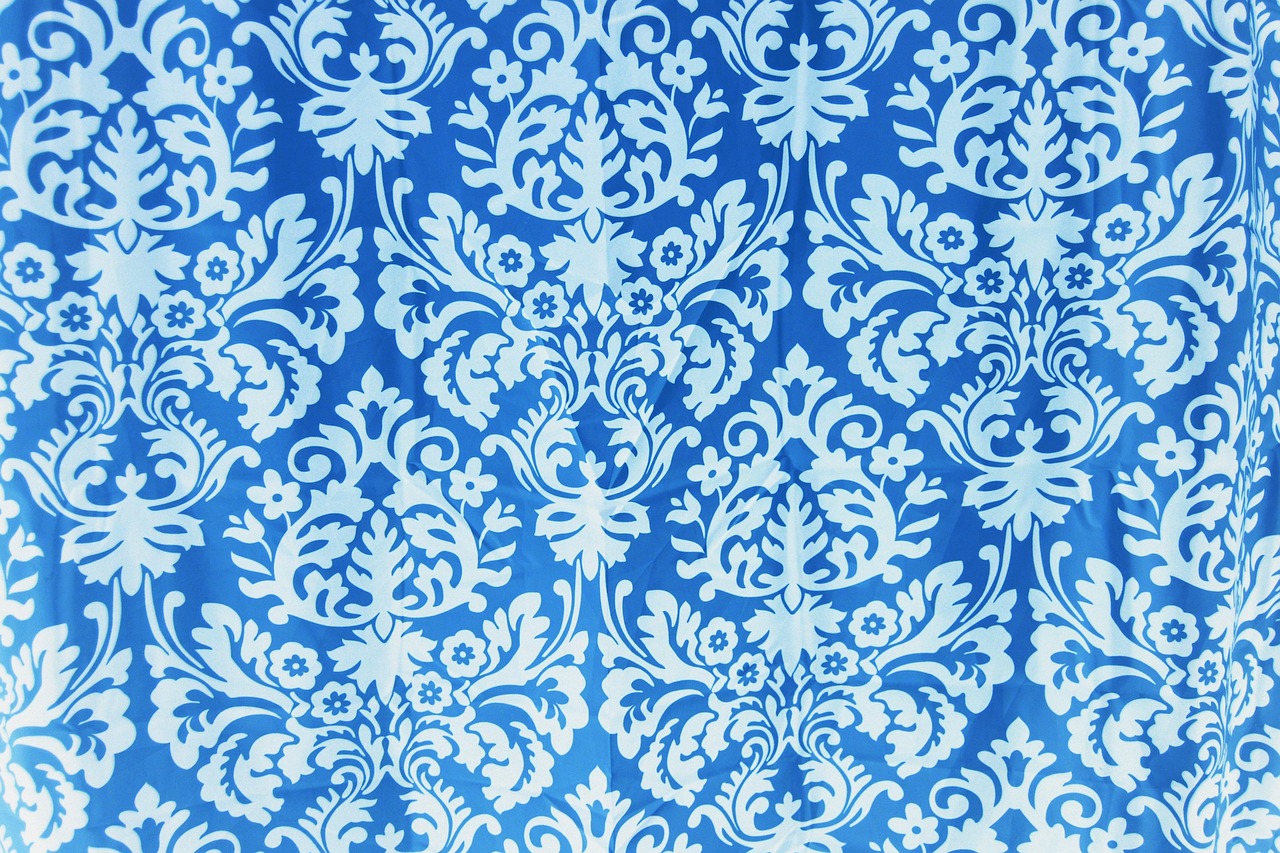
Durability and Care
When it comes to eco-friendly fabrics, durability is a crucial factor that often gets overlooked. After all, what’s the point of choosing a sustainable material if it doesn’t last? Eco-friendly fabrics like organic cotton and hemp are not only gentle on the planet but also offer impressive durability. This means that when you invest in these materials, you’re not just making a responsible choice for the environment; you’re also investing in products that will stand the test of time.
To ensure that your eco-friendly fabrics last as long as possible, it’s essential to adopt proper care practices. For instance, organic cotton is known for its softness and breathability, but it can be sensitive to harsh chemicals found in traditional detergents. Opting for mild, biodegradable detergents can help maintain the integrity of the fibers. Similarly, hemp fabric, while incredibly strong, can benefit from a gentle wash cycle to preserve its natural texture and strength.
Here are some practical tips for caring for your eco-friendly fabrics:
- Washing: Always follow the care label instructions. Generally, washing in cold water is advisable to prevent shrinkage and color fading.
- Drying: Air drying is the best option for eco-friendly fabrics. If you must use a dryer, opt for a low heat setting to avoid damaging the fibers.
- Storing: Store your eco-friendly textiles in a cool, dry place, away from direct sunlight to prevent fading and deterioration.
Moreover, understanding the production methods behind your fabrics can also inform your choices. Fabrics that are made with sustainable practices tend to be more resilient. For example, hemp grows rapidly and requires fewer resources, making it not only a sustainable choice but also a fabric that can withstand wear and tear better than conventional materials. This resilience means that you won't have to replace your items as frequently, further reducing your environmental footprint.
In summary, choosing durable eco-friendly fabrics and caring for them properly can significantly extend their lifespan. By being mindful of how you wash, dry, and store your textiles, you not only enhance their durability but also contribute to a more sustainable lifestyle. So, the next time you're out shopping for clothes or home decor, remember that durability and care go hand in hand with sustainability. Make choices that reflect your values, and your wardrobe will thank you!
1. What are eco-friendly fabrics?
Eco-friendly fabrics are materials made from sustainable resources that minimize environmental impact during their production and use.
2. How can I tell if a fabric is eco-friendly?
Look for certifications like GOTS (Global Organic Textile Standard) or OEKO-TEX, which indicate sustainable practices in the fabric's production.
3. Are eco-friendly fabrics more expensive?
While they can be more expensive upfront, their durability often means they last longer, making them a cost-effective choice in the long run.
4. How should I care for eco-friendly fabrics?
Use mild detergents, wash in cold water, and air dry whenever possible to maintain the integrity and longevity of eco-friendly textiles.
Frequently Asked Questions
- What are eco-friendly fabrics?
Eco-friendly fabrics are materials made from sustainable resources that aim to minimize environmental impact. They are produced using methods that are less harmful to the planet, promoting a healthier ecosystem.
- Why should I choose eco-friendly fabrics?
Choosing eco-friendly fabrics helps reduce pollution, conserve water, and support sustainable farming practices. Plus, they often come with health benefits, such as being free from harmful chemicals found in conventional textiles.
- What types of eco-friendly fabrics are available?
There are several types of eco-friendly fabrics, including organic cotton, hemp, Tencel, and bamboo. Each has unique properties and benefits, making them suitable for various applications in fashion and home decor.
- How is organic cotton different from regular cotton?
Organic cotton is grown without synthetic pesticides or fertilizers, making it a more sustainable option. This method not only protects the environment but also promotes healthier farming practices, benefiting both farmers and consumers.
- What are the benefits of using hemp fabric?
Hemp fabric is incredibly durable, biodegradable, and requires less water to grow compared to other crops. It's also naturally resistant to mold and UV light, making it a fantastic choice for eco-friendly fashion.
- How can I identify eco-friendly fabrics when shopping?
Look for certifications such as GOTS (Global Organic Textile Standard) or OEKO-TEX, which indicate that the fabric meets specific environmental and safety standards. Additionally, consider the production methods and sourcing of the material.
- Are eco-friendly fabrics more expensive than conventional fabrics?
While eco-friendly fabrics can sometimes be pricier due to sustainable farming and production practices, the long-term benefits, such as durability and health advantages, often make them a worthwhile investment.
- How do I care for eco-friendly fabrics?
Caring for eco-friendly fabrics typically involves washing them in cold water, avoiding harsh detergents, and air drying when possible. These practices help maintain the integrity of the fabric and extend its lifespan.










